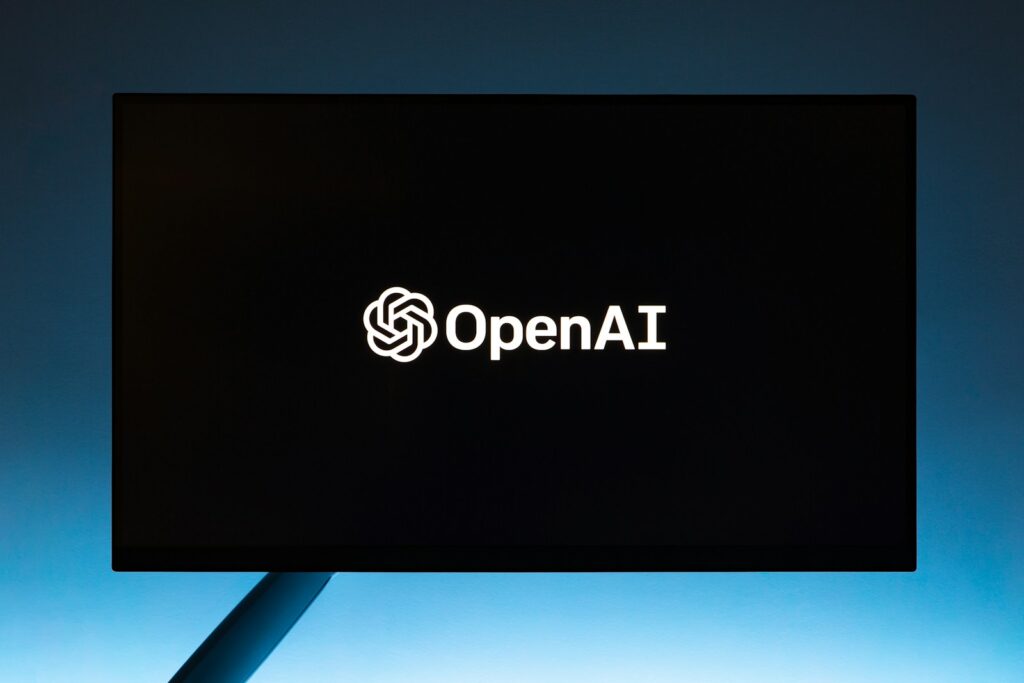September 25, 2024 at 7:44 PM GMT
OpenAI is considering a significant transition to become a for-profit entity, with discussions around awarding Chief Executive Officer Sam Altman a 7% equity stake. This move, signaling a major shift, would mark Altman’s first ownership in the artificial intelligence powerhouse. The discussions suggest restructuring OpenAI into a public benefit corporation, melding profit motives with societal benefits, although specifics such as timing remain undecided.
Amidst these strategic shifts, OpenAI faces internal instability highlighted by the departure of Chief Technology Officer Mira Murati, alongside a wave of high-level exits post-Altman’s brief firing last year. These changes underscore a period of organizational flux, with structural adjustments and managerial turnover being prevalent themes.
The possible equity for Altman, still under negotiation, aligns with some investors’ preferences for founders to maintain stakes in their companies, embedding a personal interest in their organization’s success.
In more immediate matters, Murati’s planned exit lacks a definitive date, as she remains in discussions about her succession and the transition process. Her departure was unexpected within OpenAI, leading to notable reactions from staff. Murati’s significant contributions span major OpenAI products, including ChatGPT and the DALL-E image generator.
Since its inception in 2015 as a nonprofit with the aim of safe AI development, OpenAI pivoted in 2019 to a for-profit subsidiary model to support its ambitious AI developments, drawing substantial investments, notably from Microsoft. Recently, reports suggested OpenAI aims to raise $6.5 billion at a valuation of $150 billion.
Historically, Altman refrained from holding equity, emphasizing the societal focus of OpenAI. However, the potential restructuring and equity stake indicate a new phase aligning more closely with conventional business practices, amidst ongoing internal leadership reshuffles and strategic reassessments.
These unfolding developments within OpenAI, including strategic pivots and leadership turnovers, reflect the dynamic and challenging landscape of high-tech industries where innovation and structural agility often go hand in hand with unpredictability in leadership and strategic directions.

